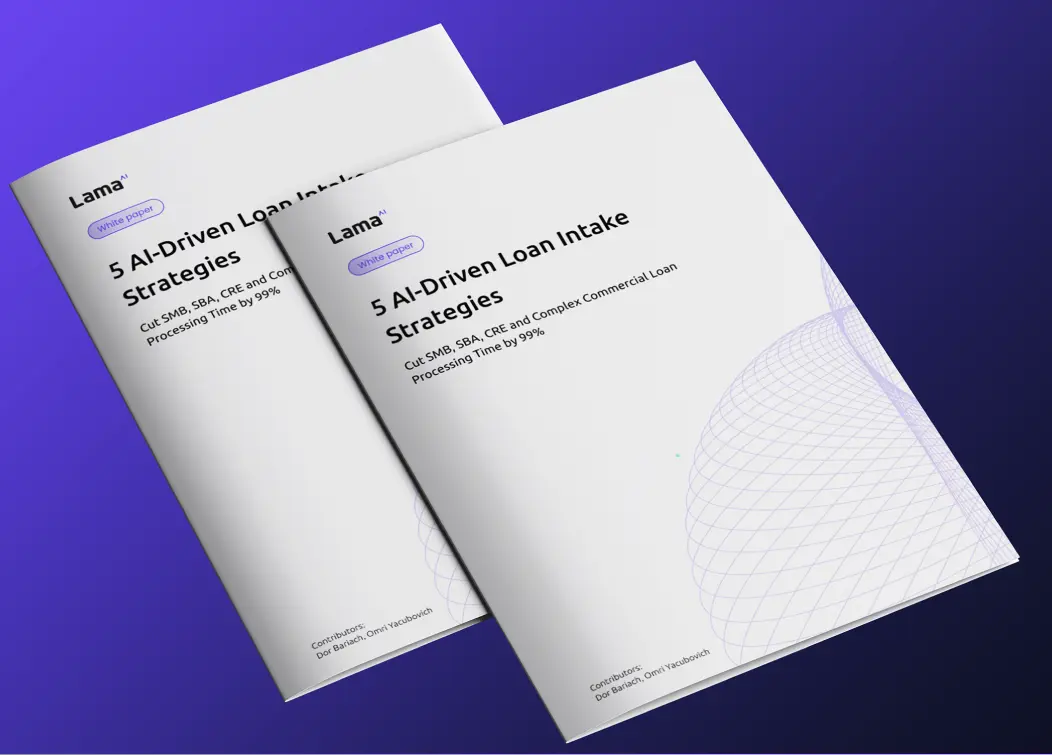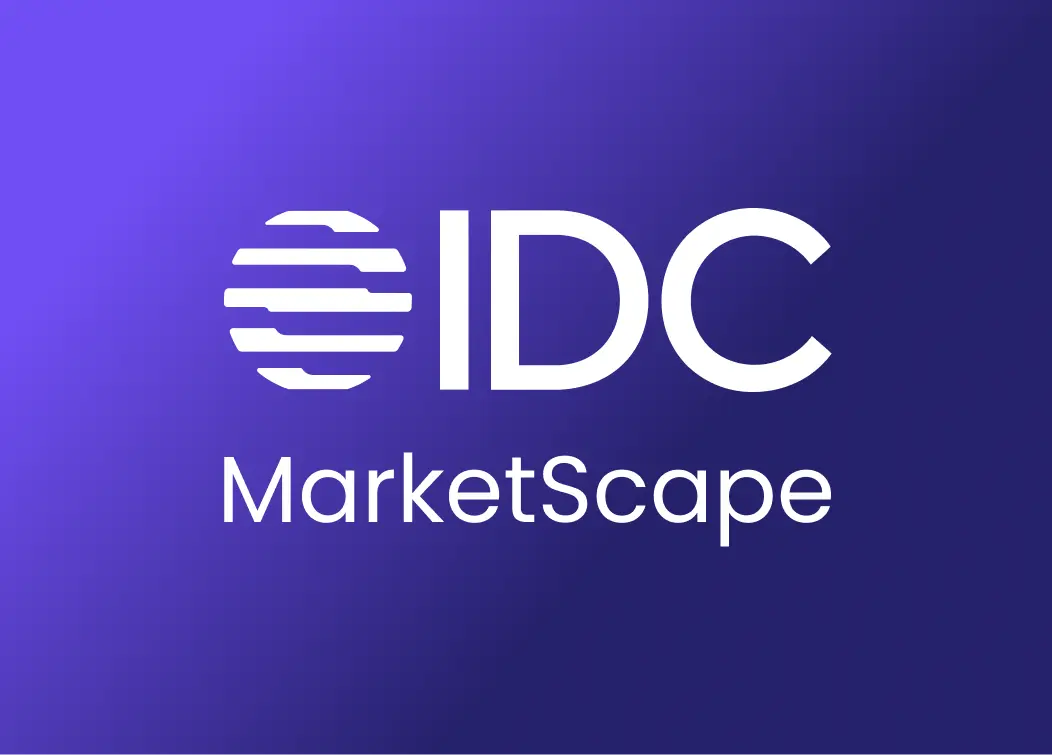Members First: Launching Business Banking in the Credit Union Space

Interview Notes
In August 2022, Citadel, a $4.6B credit union based in Pennsylvania, formally launched a business banking division. Phil Sutliff was brought in to lead the division and build the team.Phil brings his years of experience at leading banks to Citadel, along with a passion for mentoring and leadership.
During our conversation, Phil’s dedication to relationship banking stood out. He’s on a mission to ensure the success of Citadel’s members.
“From a technology standpoint, innovation for a user is ‘How do I easily access the information?’ For the institution, it’s ‘How do I view the data and respond quicker and more effectively?”
Phil Sutliff, Head of Business Banking, Citadel Credit Union

Interview
Ben Fried: You spent a decade working in business banking before taking this position. How has that experience informed your strategy as you build a best-in-class business banking division?
Phil Sutliff: Business banking has become much more complex over the last 3–4 years. Especially coming out of the global pandemic and now walking straight into a recessionary environment, with inflation and supply chain issues, you need a deep understanding of exactly what businesses need.
The primary benefit of that banking experience is that we’re able to focus on building a better business bank from the ground up. We can center everything around what is truly best for the member and what is truly best for our community. And our rollout is timely because a lot of folks definitely need help as credit gets tighter. We’re able to be a part of the solution.
What’s the most significant change in business lending that you’ve noticed recently?
Historically, business lending was all about providing working capital. And that typically would show up in the form of lines of credit. Not that that was the only type of lending, but that was typically how you would lead the conversation with the business.
That system was exposed going into the pandemic. There was no playbook. It exposed everyone’s strengths as well as their opportunities, both from a business perspective as well as a banking perspective.
It used to be, you had your line of credit until you really needed it. Well, the businesses needed it, but there wasn’t enough credit. And yes, there were government programs that were available during that time, but from a banking perspective, the ability to access funds ran out very quickly. There were limitations and very few reserves for businesses of all sizes.
The shift we’re driving is how to approach lending responsibly. Not just, “Do you want a line of credit?” We can do that too, of course — with the best rates in the industry — but how do we give a better rate and help the business save money? It’s about really sitting down and becoming a trusted advisor or financial champion. Being able to speak to a member with the level of trust they have with their attorney or their accountant.
We can help our members grow and ultimately thrive in this new world and new economy. The biggest change in business lending is that it’s not just about a transaction. It’s about understanding the importance and value of a relationship and helping that business put together a customized plan, something they feel good about, an educated decision with an expert in the field that goes beyond the specific lending product.
Within the world of lending, the credit union industry has long focused on personal loans. What is the opportunity you see in terms of expanding the holistic member experience deeper into commercial lending?
We already do a really great job in the credit union space on personal loans, auto loans, savings, and other personal services. We really help the bottom lines of families, to help them grow and be financially healthy.
Historically, credit unions have a certain level of trust with people. We use the term “member” instead of “client” because our members are really owners of the credit union. They have voting rights. Their voice matters. They have a seat at the table, literally.Now, a lot of members on the personal side also have ownership or know folks who own businesses of all sizes.
The feedback that we hear resoundingly across the credit union world, not just at Citadel, is that members wish we had this type of personalized service for their businesses. We can do that in a very special way where they feel and experience being first in all of our decision-making and get that customized personalization for their business.
Where do you see technology playing a role in that process? It seems there’s somewhat of a dichotomy here. Is it technology first, or relationship banking and personalization first?
For us, it’s about “innovating on personalization.” That’s what Citadel is focused on. You have to have a personal touch. Every deal is different. That’s part of what makes small business lending so interesting. Of course, there are industry trends and ratios that we can look at, but you still need the personalization.
From a technology standpoint, innovation for a user is “How do I easily access the information?”
For the institution, it’s “How do I view the data and respond quicker and more effectively so that I can communicate the decision back in a time that makes sense for the business?”The biggest opportunity that I see, coming from the large banking space, is in our “turn time.” There is usually a lot of back and forth — often in collecting financials -— and innovation can remove those barriers. Innovation helps get a holistic view of the business in an effective and simple manner. Then personalization comes in so we can understand the uniqueness of this business, while still making a decision in a timely manner.

Can you give an example of this type of handshake between technology and personalized banking?
The intake process, for example, is extremely important. We want to have a conversation with a business first, rather than just waking up in the morning and seeing their financials in our inbox. We want to understand their context and priorities, and then we can direct them to the necessary documents and financials to prepare a proposal.
That’s where the technology component comes in: to make the data intake extremely simple to deliver on for that small business owner, with clear deliverables and timeframes. Business owners wear 10,000 hats, so we want to make this easy and efficient for them, and we want to communicate with them effectively.
Unit economics can be a challenge when it comes to small business lending. How do you tackle profitability in this context?
At Citadel, we take the approach of people over profits. If we’re making an investment into technology, we’re doing that with a person — a business owner — in mind. Our members have a seat at the table. We’re looking to meet a true need that our people have expressed a desire for. It’s to make life easier for them.
The “people over profits” business model is what separates a credit union from traditional banking.
When you put people first and you do right by people, the profits seem to work themselves out. And for the business owner, half the battle is understanding that there’s someone sitting across the table who’s actually trying to figure out how we grow the business together.
Private lenders are growing at a faster rate than banks and credit union lenders. What do you think about this growing competition?
I don’t know that we need to focus on reversing the trend of private lender growth. A private lender is typically going to take on a loan with higher risk, and as a result, they’re going to charge higher rates and higher fees. Yes, you can get access to the money from a private lender, but it comes at a cost.
The “people over profits” business model is what separates a credit union from traditional banking.
In addition, some of the businesses that are borrowing from them develop a track record of responsible payback and responsibly scaling their business, demonstrating that they may now qualify for a traditional loan at a much lower rate with better personalization. They’ve been in contact with the financial institution to manage their money, so we can take that private loan and refinance or restructure that debt in more favorable terms, as well as now provide new capital to help that business grow.
I look at private lender growth as a positive for the industry. They help businesses get a track record under them and transition into traditional financing at a lower cost.
What would you advise small businesses about the lending process? What is a knowledge gap many of them currently have?
Meet with a banker. Sit down with someone who understands your business and really find a banking professional that has a track record of success working with businesses like yours.
Talk to them about how you believe a loan will help scale and grow your business. Get a different perspective that could actually set you up to make a better and more educated decision when you take out the loan.
We’ve had several instances where after those conversations, the business owner or board sees that a loan isn’t actually the best option for the business. They might really have a bigger issue with cash management, for example. For us, it’s not transactional; we are focused on the long term.
During our conversation, you’ve mentioned the word “service” a few times. Any last thoughts you’d like to share about serving the community?
It all goes back to building a relationship where you’re lending in a way that’s responsible and ties back directly to scalability and growth or recovery.A bank is a lighthouse in the communities that we serve. We help healthy businesses hire folks and provide better funds in the form of wages. When we invest in businesses, it’s a direct investment into our neighborhoods, our communities, our states — wherever we serve. It’s our responsibility as a financial institution to do that responsibly and correctly.

Phil Sutliff - Bio
Phil has a decade of experience managing growth-minded business teams and working directly with businesses of all sizes. From small start-ups, boutiques, manufacturers, and medical professionals to large $100M corporations, his track record is unmatched.
Phil strives to be a financial champion for business owners and remains well-versed in small business regulations, tax laws, and investments. During the pandemic and throughout other economic challenges, he has worked closely with countless business owners to secure the financing support they need to ensure recovery and prosperity.
As a leader, Phil uses his strong coaching and development skills to guide his teams to success. By focusing on enhancing cash flow, maximizing working capital, and boosting investment power, Phil and his team help businesses achieve strategic growth.
In his free time, Phil enjoys spending time with his two children, as well as bass fishing, working out, and reading. He fulfills his passion for youth leadership and community development by serving as a member of Junior Achievers, Assets of Lancaster, Habitat for Humanity, and Big Brother.
Phil serves businesses throughout the entire Greater Philadelphia area, including Bucks, Chester, Delaware, Lancaster, Montgomery, and Philadelphia counties.

















.webp)


.webp)

.webp)





.webp)















